Is art political? It is, perhaps, the most vulnerable medium to express our internal and external turmoil and triumphs. In our Egyptian context, it has been used to bridge cultural identities through music, convey our unique upbringing through fashion photography, and combat harmful discourse surrounding sexual harassment in our ongoing feminist movement. So then, should artists dub themselves ‘artivists’?
Artivism, the amalgamation of art and activism, might seem too “soft” or specialized a topic to some readers at first glance. For far too long, art has been associated with trivial dinner party topics, or the culture and lifestyle newspaper section that you pull out when you don’t want to read about politics. The separation of these entities, however, is questionable.
In a webinar organized by Musawah (a global movement for equality and justice in Muslim family law), four game-changing artists prove this trivialization wrong.
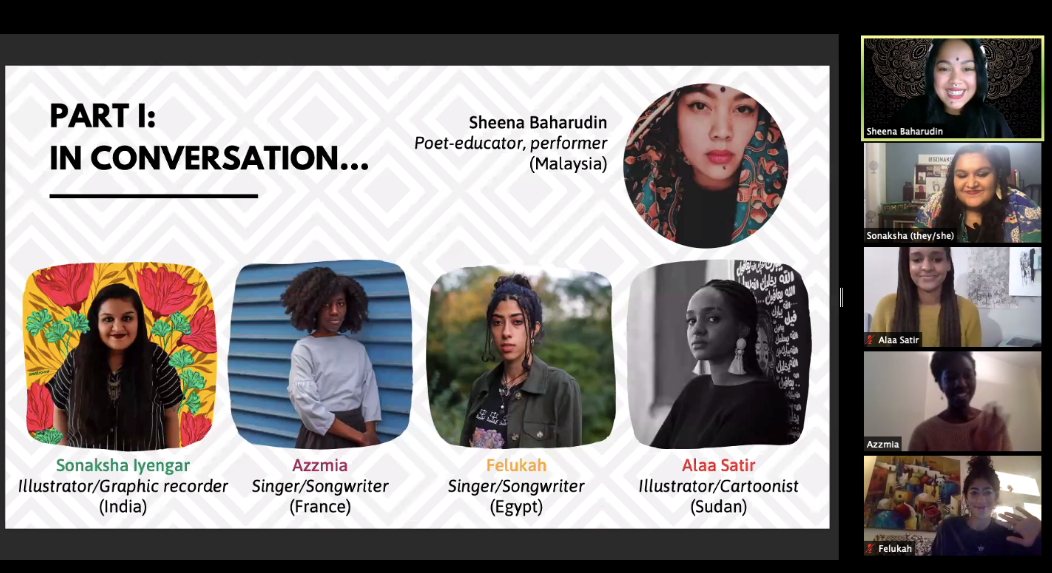
The panel consisted of homegrown Egyptian rapper/songwriter, Felukah, French singer/songwriter Azzmia, Sudanese cartoonist Alaa Satir, and Indian illustrator Sonaksha.
The webinar revolved around the pressing questions of how art can be used as a tool for social change, whether or not artists consciously negotiate their activist identities, and how creative art movements contribute to, or better yet, exist within a broader political movement at large.
And so, this begs the question, are artists always consciously integrating activism into their work? The surprisingly unanimous answer among the panelists: maybe not.
Interestingly enough, this is what makes their work so much more authentic and intertwined within their lived realities and contexts. With Felukah’s near diasporic identity, as a result of travelling between New York and Cairo, she sows the seeds for beautifully culturally interwoven music. Her combined usage of Arabic and English vernacular bridges the gap between feminists worldwide. Felukah has managed to empower both Egyptian women living in their homeland through her career as a successful and poetic female rap artist (a somewhat rare find before she entered the scene), and diasporic Egyptians worldwide who sought cultural solace and inclusion.
The panelists’ responses to the question of “artivism” in their identities were intriguing to say the least, considering the event was titled “Artivism: Transforming Pain to Power”. Their words spoke volumes on how we as an audience should reimagine our biases.
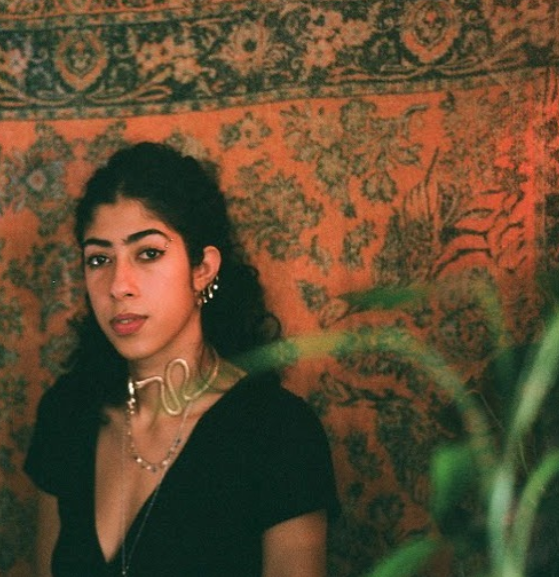
When asked whether she negotiates her activist and artist identities, Felukah replied, “I definitely like to focus on women’s empowerment, as an Arab woman, as a Muslim woman, as a person of color in any context… I started off wanting to make ‘conscious’ rap and ‘conscious’ hip-hop and soon realized that I didn’t need that ‘conscious’ prefix because my art stands for itself. The audience can deduce that for themselves. But I do like to integrate social justice issues, things that I see are askew in the universe that I would like to fix.”
Similarly, Azzmia echoed the hesitation to declare herself an ‘artivist’. To her, art bridges the gap for those who need it, regardless of its declared purpose. Its mere expression is enough to make audiences reflect and project their experiences in valuable ways.
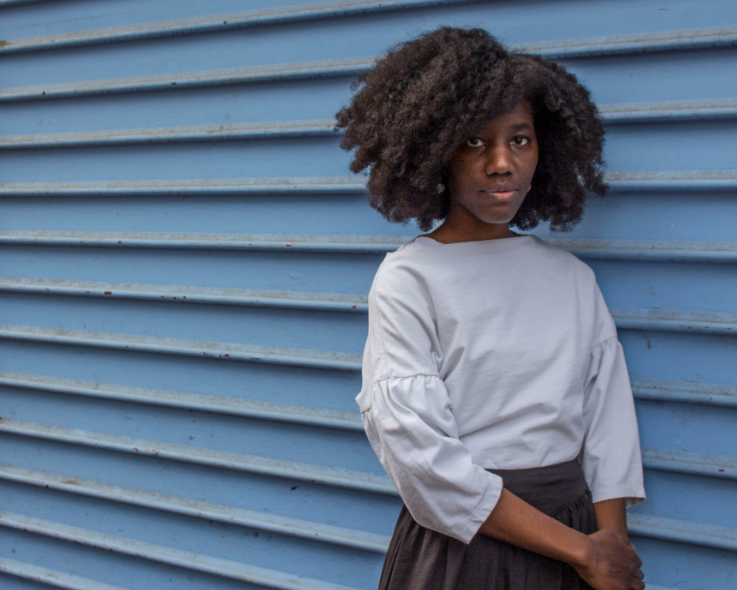
“Any form of art whether that be paintings, theater, drawings and songs, can definitely build bridges between people. I can definitely raise awareness through my songs and lyrics, but my first goal is to make people think and question,” says Azzmia.
This emphasizes the significance of all forms of art, regardless of whether or not they explicitly assume political identities. In any case, artistic expression sends a message.
Alaa Satir also echoes the value of creating art for the purpose of creating art, and places authenticity at the forefront.
“The thing that I aspire for the most in my work is for it to be authentic. At the end of the day I’m very mindful that it comes from a very good and honest place. Doing art for the sake of creating is enough,” explains Satir.
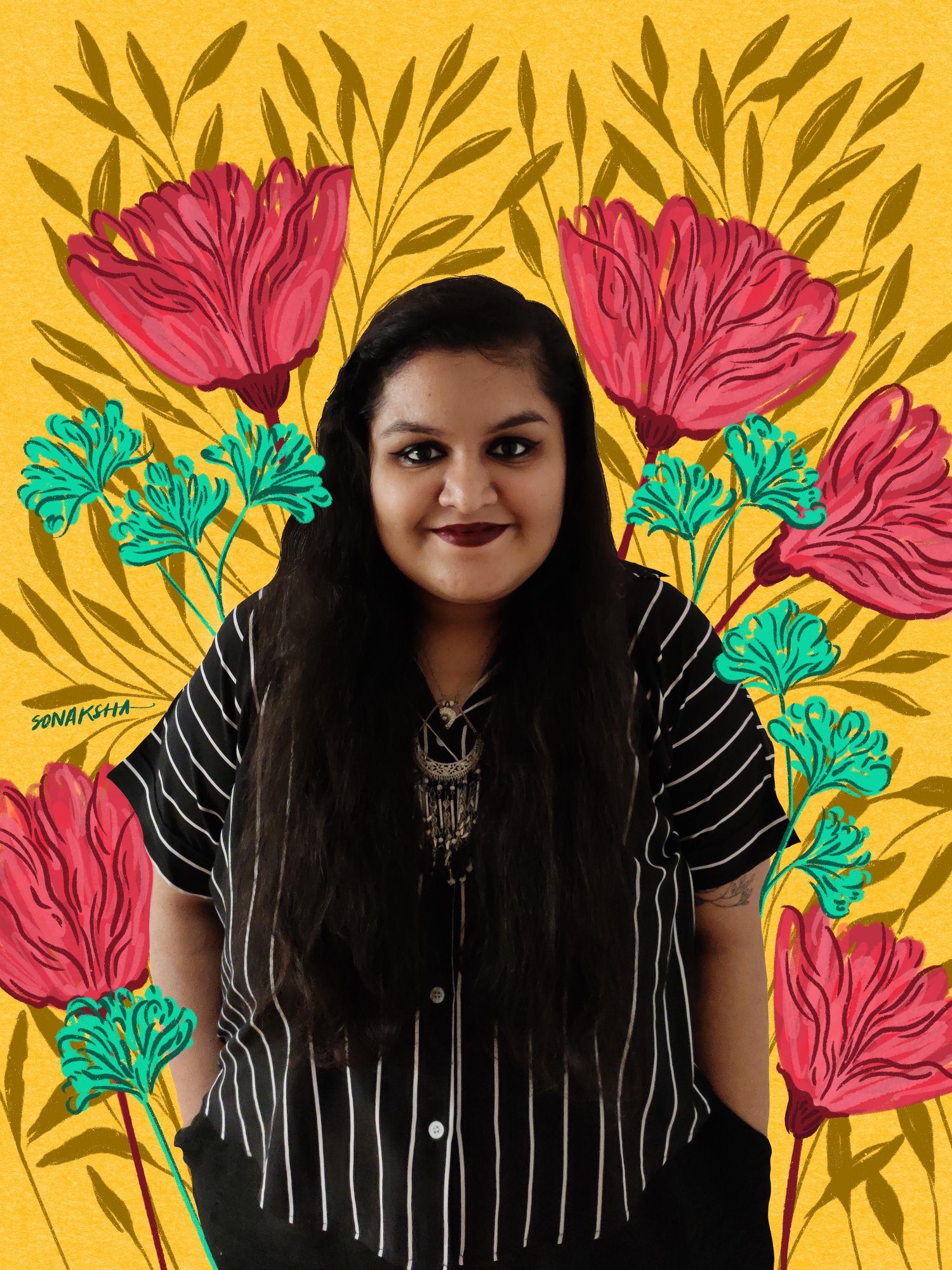
Why is it that the mere creation of art is so powerful? Better yet, why has anyone even come to question this? Perhaps it’s a misstep in the way we’ve come to view the discourse of art in the mainstream. Perhaps we’ve given too much attention to a space that has become too inflated and occupied by those who have never even had to be political in systems that were built for their ignorance. Perhaps we just simply weren’t interpreting the process correctly. Sonaksha refocused the perspective on one thing that art is really about: challenging the establishment by and through telling stories.
When asked whether they are an ‘artivist’, Sonaksha emphasized the importance of the process of artmaking and says, “My art came from a place of personal liberation, sharing stories that challenge normative oppression. A lot of art making for me is about asking questions, sharing realities, and telling stories that are constantly challenging normative narratives. Art is at the center of what is political… so to answer the question of whether I think I’m an artivist, in the inherent process, I think I am.”
After reflecting on their eloquent responses, one might ask why it is that they hesitate to strictly describe themselves as ‘artivists’. I soon came to realize that this might actually be the most powerful tool for social change of all. Art is inherently political, always challenging the status quo, and the people occupying these spaces are valuable just by virtue of expressing themselves. The act of art in itself is social change. The fact is, art, as an expression of life, is and should be perfectly intertwined with our lived realities. It would be difficult to label some artists artivists and some not, as though they are not mutually exclusive.
Felukah encompassed this perfectly by saying, “maintain that open connectedness between art and activism. They’re so inherently cohesive in so many ways”.

The panelists’ contributions to social change, however, should not be taken lightly. Alaa Satir’s experience in creating street art stood out to me, as she states that, “the street is very much traditionally dominated by men… it is different for a woman to take up this space.”
For Satir, it is the act of creating art and occupying that space that challenges the normalized realities of her context in Sudan, especially during the revolution. It represents both resistance in the time and in the process of her work. This lends back to the argument that artists, by virtue of creating art, contribute vigorously if not necessarily consciously to social movements at large.
So, what’s our takeaway here? Sonaksha put it best: “Our stories will be heard in whatever way we choose to tell them. So, share your stories with the world. Instead of calling out, let’s call in. We can change mindsets.”
Whether you’re an artist, an aspiring artist, or a fan, one truth holds true. Art is central to our existence, and our existence IS political. With its effect on us, it should never be considered too “soft” a topic to be taken seriously. Art is social change at its core.
Be sure to check out more of Musawah’s work for Muslim family law reform at https://www.musawah.org/. On Instagram and Facebook, @MusawahMovement, on Twitter @Musawah.





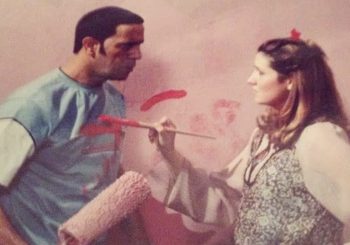
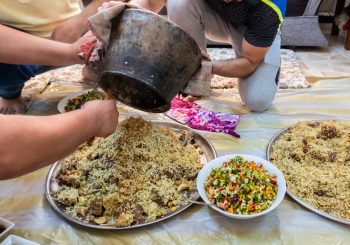
Comments (5)
[…] Should Artists Consider Themselves “Artivists”? In Photos: Finding the Arabic Letter in Every Cairo Corner […]
[…] Should Artists Consider Themselves “Artivists”? In Photos: Finding the Arabic Letter in Every Cairo Corner […]